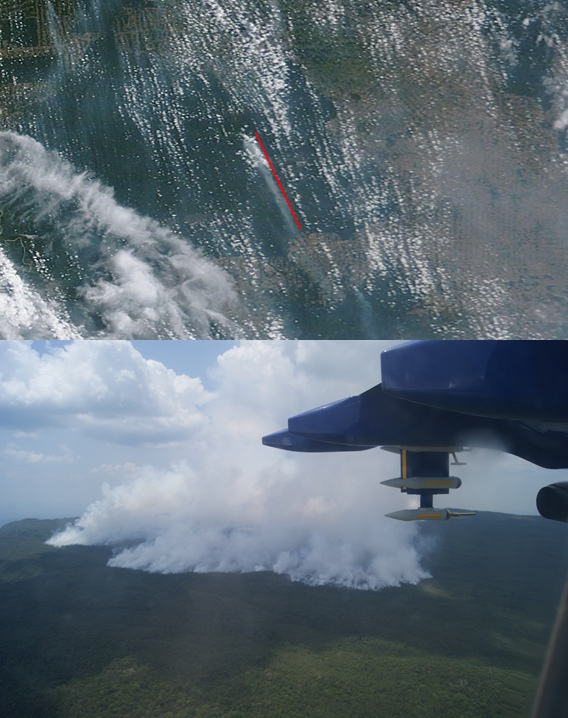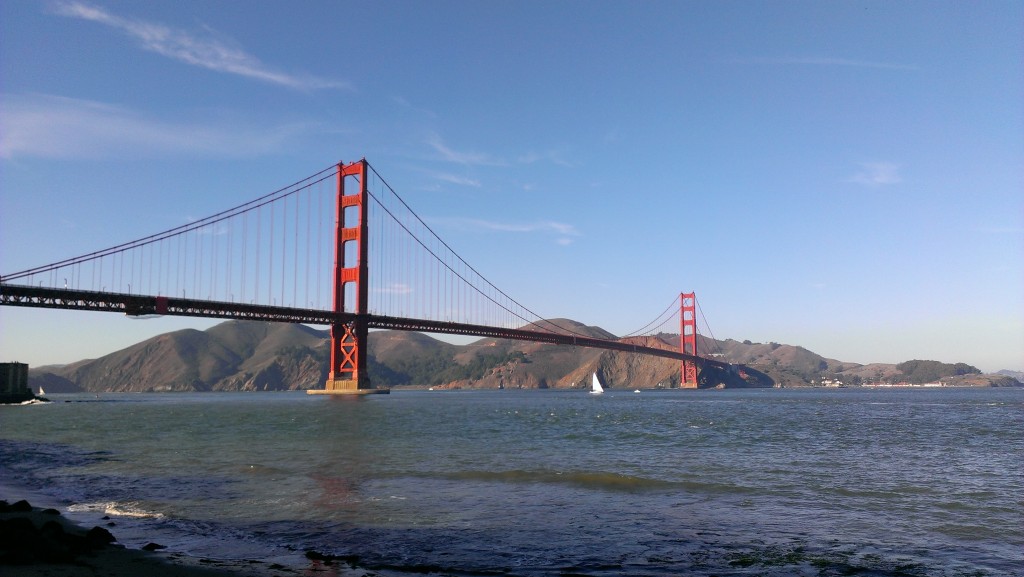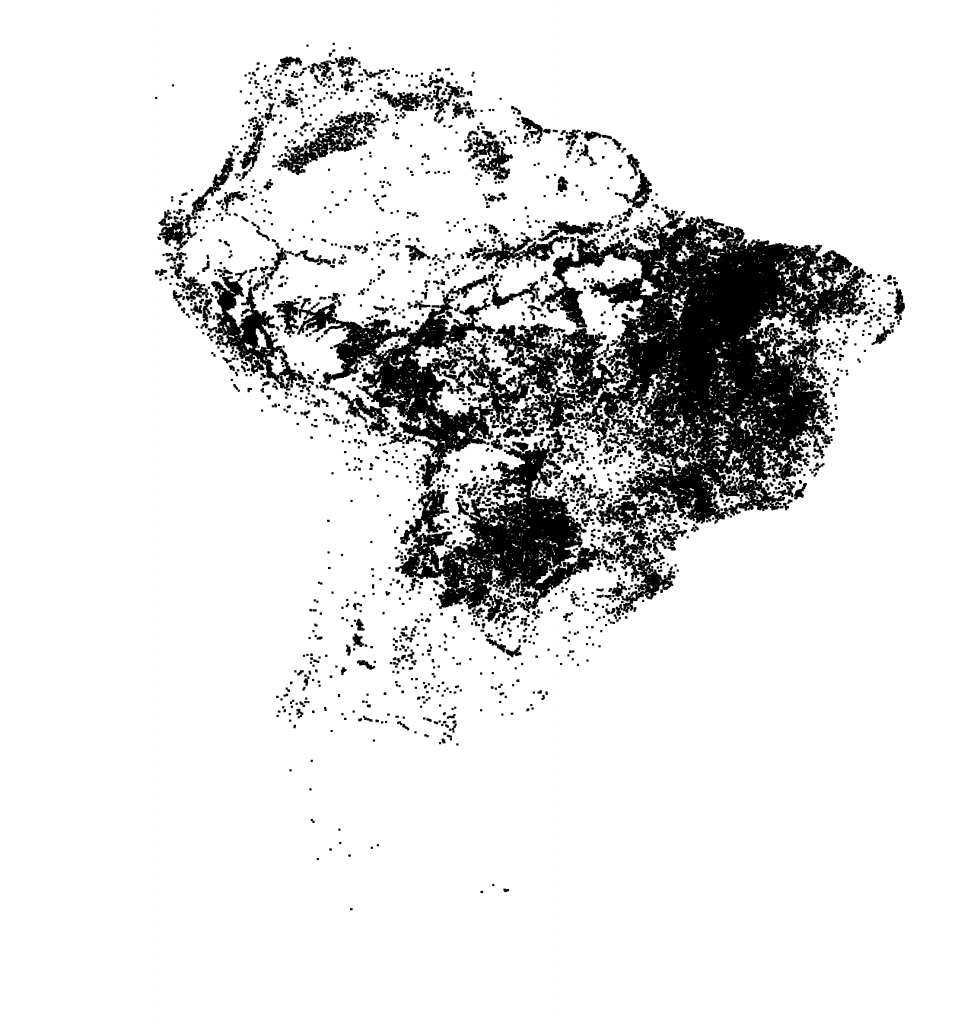Last September I spent a month in Brazil for a research project aiming to study the pollution produced by deforestation fires in the Amazon Basin. The fires are mainly started by people for agricultural needs or land clearing for buildings and infrastructure. These fires produce huge amounts of smoke that blanket vast regions of South America during the “dry” season, which can lead to significant affects on weather, climate and people’s health. The name of the project was SAMBBA (South American Biomass Burning Analysis) and I’ve written a little about it previously here. There are several aspects to the project but my major role was on board the Facility for Airborne Atmospheric Measurement’s BAe-146 research aircraft. I was a mission scientist, which basically means I get to tell the pilots where to fly (subject to standard aircraft operating procedures like avoiding mountains, severe storms and not running out of fuel).
The Amazon usually conjures up images of pristine rainforest and giant meandering rivers but in the quest for air pollution, we were based in Porto Velho, which is the capital of Rondonia – a global poster-child for deforestation. Recently, a project involving Google, the U.S. Geological Survey (USGS), NASA and Time published an extraordinary series of satellite images from the Landsat program showing how the surface of the Earth has changed since the program began in 1984. One of the areas highlighted was Rondonia and the images showed how dramatically the landscape has changed over several decades. While deforestation began there in the 1970’s, the changes detailed in the images from Landsat are clear to see and are shown below. In 1984, the typical ‘fish-bone’ pattern of deforestation is already evident as pathways into the Amazon rainforest are cleared and tributaries of fire branch out from these. By 2012, the deforestation has spread out to envelop large swathes of areas that were previously rainforest.

Comparison of deforestation of part of the Amazon rainforest in Rondonia state, Brazil from 1984 and 2012. The area pictured is to the south and south-east of Ji Parana and covers an area of approximately 60 x 120 miles. Images are from Google. An interactive version where you can expand the view and also visit other areas of the globe is available here, which is worth doing as it gives a feel for the scale over which the deforestation occurs.
This tweet by the EGU twitter account reminded me that it is a whole year since one of our most successful flights of the campaign, which took place in Rondonia. The image below shows the view of the fire we flew through from a satellite, with the smoke plume extending over 80km downwind and also a side-on view of the fire that I took from the aircraft. The fire was to the south-west of Porto Velho in a protected area, where you wouldn’t usually expect to see fires. After travelling to the home of deforestation in Brazil, the largest fire we found was actually a wildfire!

Satellite (top) and side-on view taken from Bae-146 research aircraft (bottom) of a large fire plume that was sampled in Rondonia on 20th September 2012 during SAMBBA. The red line overlayed on the satellite image is 80km long, with the fire plume visible to the left of the line. The satellite image is from NASA’s Terra mission.
The key thing we were trying to investigate during the flight was how the properties of the smoke plume changed as it blew downwind. This is the crucial intermediate step between the actual initial conditions on the ground where the fire starts and the regional build up of smoke haze that affects weather and climate. To do this, we performed a series of flight patterns including:
- Flying across the plume at regular intervals along the length of the plume e.g. above the fire, 20km from the fire, 40km from the fire etc.
- Flying directly up the length of plume, which is a particular challenge for the pilots as the plume doesn’t generally follow a straight line and you can’t actually see anything.
With these measurements, we can can compare how the properties of the smoke change with distance from the fire. We can combine this information with measurements just a few hundred metres above the fire, as well as flights in older regional pollution to understand the entire life cycle of fires in this region and compare it with other types of fire in various areas of the globe.
We’ve been working hard over the past year analysing the data from this flight and all of the other SAMBBA flights and hopefully there will be much more of the actual science story to tell on this over the next 12 months and more. Stay tuned.





